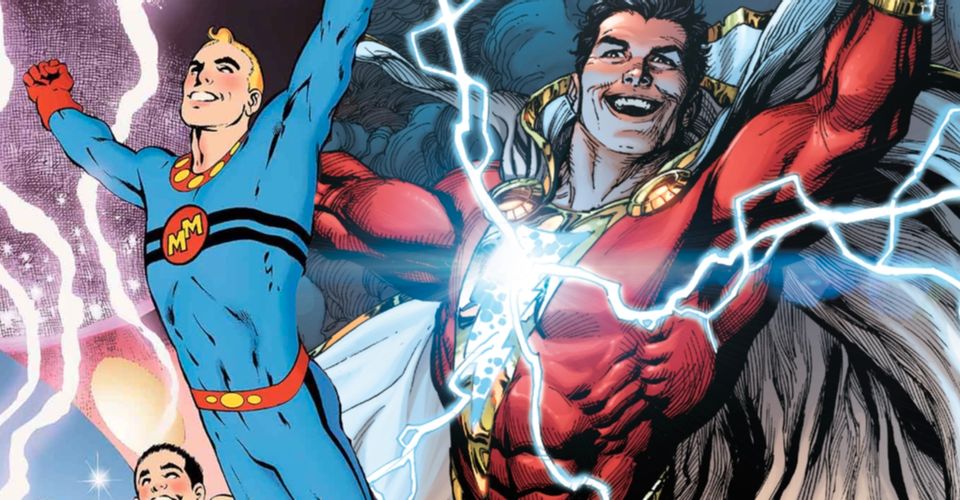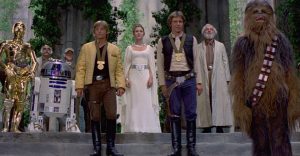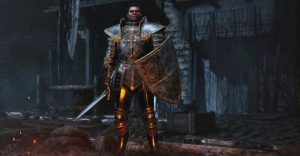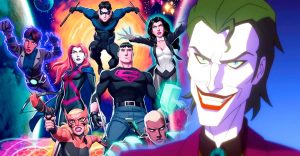Alan Moore’s Miracleman Puts a Dark Twist on Shazam’s Iconic Power

The power imbued to the hero Shazam may seem like a dream come true for many, but Alan Moore’s reinvention of his British counterpart Miracleman put a creepier spin on the beloved, magic champion. Moore’s revival of the hero in 1982 added several changes to Miracleman’s canon, one of which was a dark riff on Billy Batson’s transformation into his adult Shazam form.
Shazam, originally called Captain Marvel, was created in 1939 for Fawcett Comics by Bill Parker and C.C. Beck. The hero would later be the subject of a lawsuit over accusations that his image was stolen from the more popular Superman. Ironically, Captain Marvel would get a character modeled after himself in the form of Miracleman (Marvelman at the time) by Mick Angelo, who created the character after National Comics Publications (later DC Comics) won its lawsuit, ceasing publication of Captain Marvel. Writer Alan Moore was given the chance to revive Miracleman in 1982 in the pages of comic anthology Warrior, and explored Shazam’s most notable quirk using his British equivalent.
Much like Billy Batson, Michael Moran has a word he uses to switch bodies with his heroic self. When he cries, “Kimota!” Michael is granted a whole bevy of extraordinary powers such as flight, super-strength, and invulnerability. One difference between Miracleman and Shazam is that while Shazam gains his abilities through magic, Miracleman’s power set is rooted in advanced science. And instead of possessing the ability to become an older, idealized version of himself, Miracleman’s code word actually switches his mortal body with that of a superhuman’s. While Moran’s abilities originate as part of a government experiment, it’s actually an attempt to recreate the powers of an alien group known as the Qys who have an entire collection of bodies to swap places with.

This is a very unsettling situation compared to Billy Batson and the members of his magical family. The fun of Shazam is seeing the wonder and power of heroism through the eyes of a child. Billy and his siblings’ transformations into their idealized selves allows them to be the type of heroes a child needs to see; smiling, fun-loving, doers of right. Alan Moore’s Miracleman, on the other hand, presents the idea as a toxic extension of a monstrous legacy. Becoming someone else isn’t seen as a good thing, but an outright terrifying notion. Of course, it’s not as though Moore is seriously commenting on Shazam’s gimmick as a negative thing. Rather, this was an early indicator of Moore’s work reinventing old storytelling conventions for a new audience in a new era of comic books.
Older heroes from the early days of comics admittedly have a lot of over-the-top ideas, such as Billy Batson’s magical word transforming him into the adult Shazam. But those innocent concepts can spark great ideas for darker stories such as Miracleman years later in the hands of writers like Alan Moore.
About The Author

















